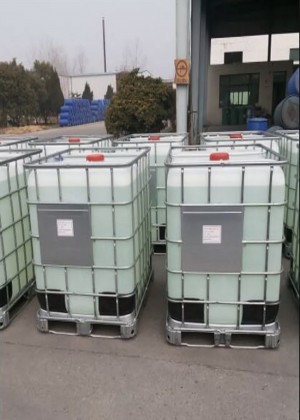
Azinphos-methyl
Azinphos-methyl Is An Organophosphate Insecticide And Acaricide That Was Widely Used In Agriculture To Control Pests. However, Due To Its High Toxicity To Humans And Wildlife, Its Use Has Been Significantly Restricted Or Banned In Many Countries.
Specifications For Azinphos-Methyl:
-
Chemical Name: O,O-Dimethyl O-(4-oxo-2-azetidinyl) Phosphorothioate
-
Chemical Formula: C10H12NO4PS2
-
Molecular Weight: 275.26 G/mol
-
Appearance: Typically A White To Light Yellow Crystalline Solid Or A Light Brown Powder.
-
Solubility: Poorly Soluble In Water, But Soluble In Organic Solvents Like Acetone, Chloroform, And Benzene.
-
Melting Point: Approximately 48-50°C.
-
Boiling Point: Not Well-defined Due To Decomposition Before Boiling.
-
pH: Generally, Azinphos-methyl Formulations Are Acidic.
-
Stability: The Compound Is Relatively Stable Under Normal Conditions But Can Decompose Upon Exposure To Moisture, Heat, Or Light.
-
Toxicity: Highly Toxic To Humans And Animals. It Is A Potent Inhibitor Of Acetylcholinesterase, An Enzyme Crucial For Nerve Function. Symptoms Of Poisoning Can Include Headaches, Dizziness, Muscle Twitching, And In Severe Cases, Respiratory Failure.
-
Environmental Impact: It Is Toxic To A Wide Range Of Non-target Organisms Including Fish And Beneficial Insects. It Poses A Significant Risk To Aquatic Ecosystems And Has The Potential For Long-term Environmental Persistence.
-
Regulatory Status: Due To Its High Toxicity And Environmental Impact, Azinphos-methyl Has Been Banned Or Severely Restricted In Many Countries, Including The United States, Where Its Use Was Phased Out By The Environmental Protection Agency (EPA) In The Early 2000s.
Safety Precautions:
- Protective Gear: Always Use Appropriate Personal Protective Equipment (PPE) Such As Gloves, Masks, And Goggles When Handling Azinphos-methyl.
- Handling: Follow Proper Procedures For Handling And Disposal To Minimize Exposure And Environmental Contamination.
- First Aid: In Case Of Exposure, Seek Immediate Medical Attention. Symptoms Of Exposure Can Be Severe And Require Prompt Treatment.
Always Refer To The Latest Regulations And Safety Data Sheets (SDS) For Up-to-date Information On Handling And Regulatory Status.



